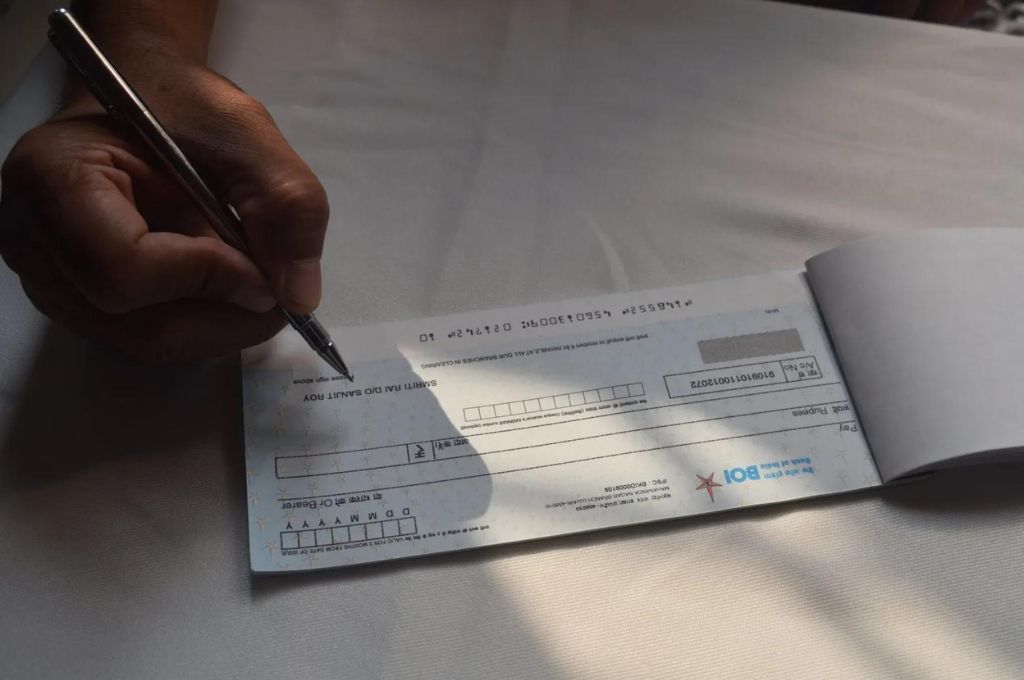A friend recently did some pro bono work for a nonprofit. Since she had no experience in the social sector but had tonnes of it in the communications space, she decided to lend these skills to the nonprofit. After all, she thought, if the organisation is doing good work, it must have great stories to tell. It’s just a matter of helping them identify the stories and putting them out on appropriate platforms.
Turns out it was easier said than done.
As they get sucked into the business of running programmes, managing people and raising funds, most nonprofits, especially the smaller ones, often let communications drop lower down in their list of priorities. Thus, countless stories that could have helped stakeholders understand and appreciate their work, go untold.
Related article: Communications 101: Talking about your nonprofit

Image courtesy Charlotte Anderson Photography
While the best time to start is right at the beginning, it’s never too late to put your nonprofit’s communications in order. Whether you are a new non-profit or a small non-profit stretched for resources, there are a few basic things you must check off the list to succeed with your communications.
Count communications in
Factor in adequate resources for communications when you work on your business plan, fundraising budgets and hiring strategy. Whether you decide to create an in-house team or hire external resources, make sure you create a place for communications—and an important one—in your organisation. Let it not be an afterthought.
Related article: If a report is published and no one reads it, did it really happen?
Have a plan
Once you have decided to allocate resources, have a plan in place. The best way to go about it would be to link your communications to the programme goals. So if you have a certain set of goals for a given timeframe, your communications strategy must be designed to help you to achieve those goals.
Here are a few things to consider:
- Who will be responsible for managing your communications? If you can’t afford a full-time, in-house resource, hire a part-time consultant to take care of your communication needs. Should you decide to outsource this role, make sure you have a single point of contact (someone who understands communication) within your organisation to coordinate efforts with the consultant. This ensures consistency in communication and accountability.
- What is your communication objective? Have a clear idea of what you aim to achieve—say, an X percent increase in funds raised or a specific number of beneficiaries educated about the impact of your intervention–and build your plan around it.
- Who will receive your communication? Identify your key audiences—depending on what your communications goals are at specific stages, your audience groups could change. Refrain from a one-size-fits-all approach to communication. What resonates with the funder seldom connects with the beneficiary.
- When will you communicate to your various audience groups? Create a campaign calendar that details which group receives what communication at what time.
- What medium will you use? Knowing who you are talking to helps you identify the right way to reach them—your individual donors might prefer direct mail, your institutional funders might prefer one-on-one reviews, email might be the best way to reach peers, and so on.
- What will you tell your audiences? Tailor your messaging because audiences expect and respond to different kinds of messages depending on their relationship with your organisation or your programme. Donors will want to see what difference their contribution is making on the ground; potential beneficiaries will need to be convinced about the value of your intervention; governments will want evidence of the impact your programme has had, and so on. Identify the key messages you want to send out to your target audience groups and they are more likely to listen when you speak.
- What is the response to your efforts? Put in place metrics to help you measure the effectiveness of your communications: for example, number of donors who respond to your direct mailer and make a contribution; number of people who sign up to receive your newsletters, etc. What you measure must be closely linked to the communications objective(s). Keep a close watch on what works and what does not, and channel the insights into future communication.
Give time and thought
It is easy to delegate the communications responsibility to a team member/ consultant and let them figure out what next while you get back into programme mode. Not committing time and thought to your communications translates into sub-optimal efforts and poor results.
[quote]Not committing time and thought to your communications translates into sub-optimal efforts and poor results.[/quote]
Be there for your communications team when they need your guidance. Create an organisational culture that enables meaningful cross-functional conversations. Encourage your programme, fundraising, research and M&E teams to appreciate the role of communication in your programme’s success so that they get into the habit of sharing important insights with the story-tellers in your organisation.
It is important to put in place processes for transfer of knowledge to your communications team. It is worth scheduling periodical offline sessions that demystify the programme achievements so as to allow the communicators to create compelling, customised content for various stakeholder groups.
Build the story inside
All your employees know your mission statement, but how many really understand it? Invest time to educate your employees on what you are out to achieve. Let them know the impact their work can have on the community. And let them have a clear, consistent answer to that frequently asked question: “But what exactly do you do?”
That report your research team put together recently—it would be a great idea if you can spare someone from your team to interpret the key insights trapped in numbers and jargon, to make the report truly accessible. The closer your employees feel to the organisation’s mission and achievements, the stronger will be their engagement with the programme and their motivation to excel.
To sum up, if you acknowledge its importance to your organisation and are willing to dedicate some time and plenty of commitment, communications need not be the challenge it appears to be. And it can work wonders for you.




